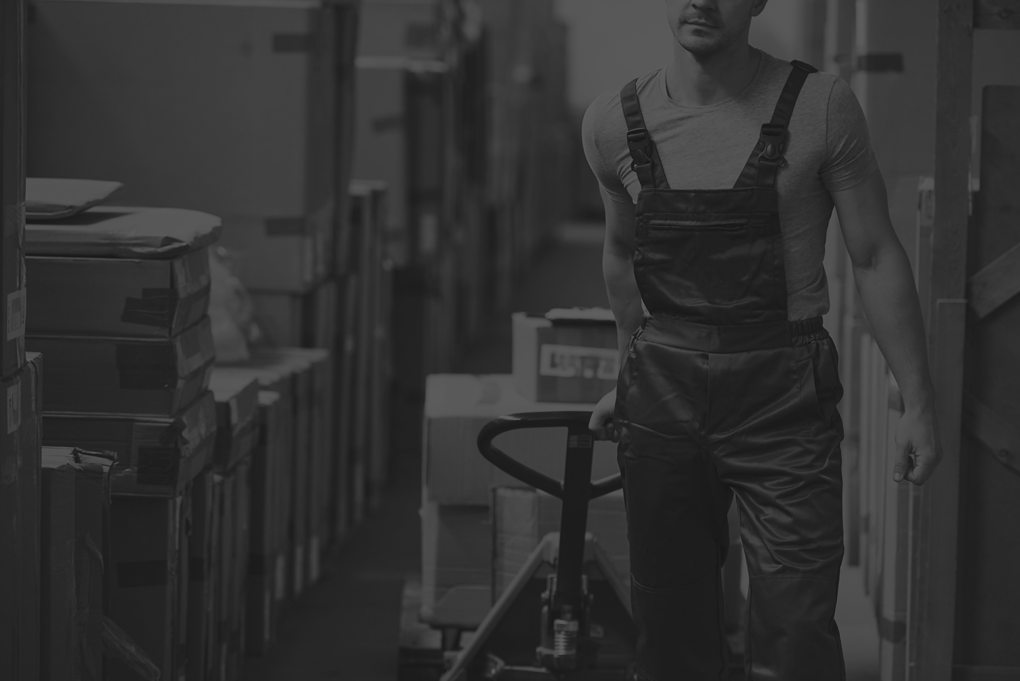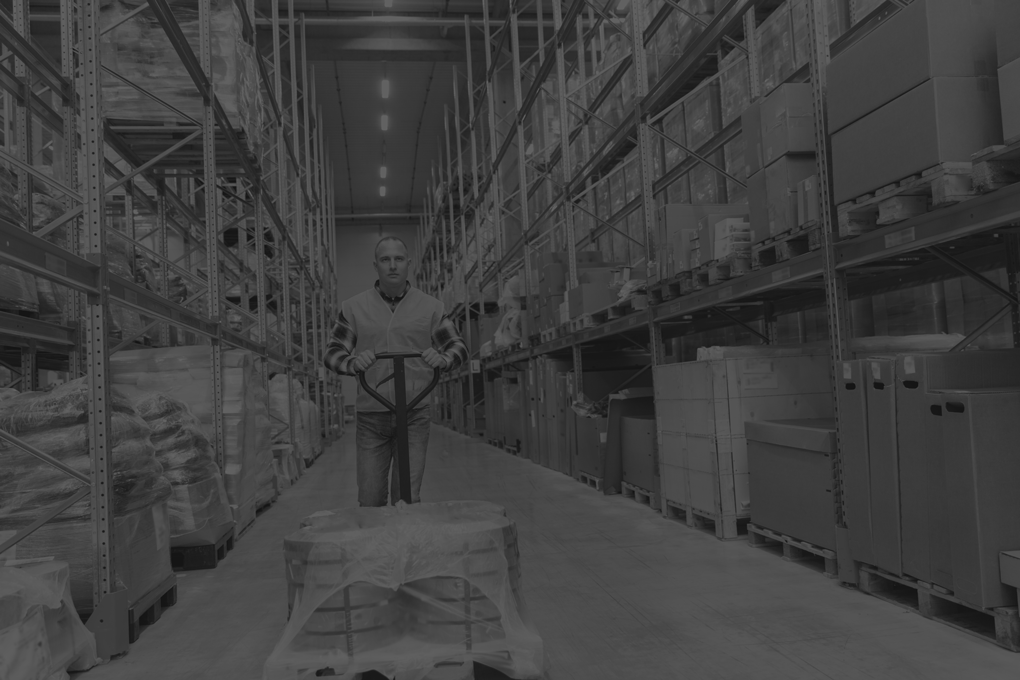Mastering Reverse Logistics: The Key to Supply Chain Efficiency.

Reverse logistics is important for online businesses, stores, and supply chain managers. It involves dealing with returned items, recycling, fixing, and getting rid of products in a smart way. This helps with sustainability, leads to increases in profits and customer loyalty.
What is Reverse Logistics?
Reverse logistics refers to moving goods from their final destination back to the point of origin for returns management, refurbishing, recycling, or disposal. Unlike traditional forward logistics, which focuses on the flow of products from manufacturers to consumers, reverse logistics deals with the backward flow of returned or unsold goods.
The Significance of Reverse Logistics in Modern Business.
Reverse logistics is crucial in today’s fast-changing market. Businesses must have efficient reverse logistics systems to keep customers satisfied and operations running smoothly. This is especially true with the rise of online shopping and the increasing demand for easy returns.
The Environmental and Financial Benefits.
Implementing effective reverse logistics strategies offers numerous benefits, including reduced waste, cost savings, and improved resource utilisation. By recycling or refurbishing returned products, companies can minimise environmental impact while reclaiming value from unsold goods.
Reverse Logistics for E-commerce and Retail.

The Role of Reverse Logistics in E-commerce.
For e-commerce businesses, logistics and reverse logistics are vital components of supply chain management. The ease and convenience of online shopping have led to an increase in product returns, making efficient reverse logistics processes essential for maintaining customer service and operational efficiency.
Reverse Logistics in Retail Operations.
Retailers also rely heavily on reverse logistics to manage returns, unsold goods, and packaging materials. Efficient reverse logistics systems enable retailers to process returns quickly, refurbish or recycle products, and reduce the costs associated with disposing of unsellable items.
Integration with Supply Chain Systems.
Integrating reverse logistics with existing supply chain management systems ensures a seamless flow of information and goods, enhancing efficiency. This integration allows businesses to track returned products, manage inventory levels, and optimise resource allocation more effectively.
Challenges of Reverse Logistics Strategies.

Handling Diverse Return Reasons.
One of the primary challenges in reverse logistics is managing the diverse reasons for product returns. These can range from defective items and incorrect shipments to customer dissatisfaction and seasonal overstock. Each reason requires a tailored approach to ensure efficient processing.
Managing the costs associated with reverse logistics is another significant challenge. Transportation, storage, and labour costs can quickly add up, making it essential for businesses to adopt cost-effective strategies and technologies to streamline operations.
Ensuring Product Quality and Compliance.
Maintaining product quality and compliance with regulations during the reverse logistics process is critical. Businesses must ensure that returned products are properly inspected, refurbished if necessary, and compliant with industry standards before being resold or recycled.
Using Supply Chain Management to Tackle Reverse Logistics.

As commerce has increasingly shifted online, the traditional way of returning goods – taking them back to the store – isn’t always a consumer’s preferred method. So it’s important that distributors and retailers have clear reverse logistics procedures in place for returned goods.
There are many reasons that customers return items. Perhaps they aren’t what they were expecting because they don’t fit or the colour is wrong. Or maybe it’s not the purchaser’s choice to make the return: perhaps the goods have been recalled or are deemed “end of life”, as under waste directives such as the Waste Electrical and Electronic Equipment Directive (WEEE). Or, the wrong goods could have been sent, or items may have arrived damaged.
All of this creates a reverse logistics headache for warehouse managers. There are many ways that returns can be handled. Goods can be returned to the retailer or the supplier; they could be sent for repair, if broken; or can be returned to stock and refunded. As a result, returns processes are often complicated and prone to human error. Slow returns processing causes a build-up in the warehouse and takes up valuable space, as well as tying up cash in non-utilised stock.
The ease of returning goods is becoming increasingly important among consumers. In the fashion industry, return rates can be as high as 30%, forcing warehousing and operations managers to consider new ways of streamlining their reverse logistics.
When you plan your reverse logistics processes – and especially if you operate in an omni-channel environment – there are a number of factors to consider:
Fulfilment locations
Not all orders are delivered from a main warehouse. Sometimes a distributor will use drop-shipping methods or will fulfil orders from satellite warehouses or regional stores to meet demand. In these cases, when those items are returned, they need to get back into stock quickly so that they are available for resale.
This can prove difficult, where a customer may return to a different store or to the central warehouse. Consider supply chain management systems that will allow stock tracking processes and which will give real-time reports of stock availability.
View stock as a total.
Ensure you have accurate stock counts from all your fulfilment locations, so that you have a total inventory count of your stock. This allows you to always know what stock levels are and where you can deliver from.
With accurate data, you work as if you have a single inventory pool, rather than siloed distribution locations. In this way, you can be certain that you have all the information you need to make the optimal decision about where to fulfil stock from.
Integrating your supply chain management system with your ERP, order management and point of sale systems is crucial to maximising efficiency.
Staff productivity.
Handling larger numbers of returns inevitably means higher staff costs. To keep wage costs in check, distributors should set and track productivity KPIs.
Many warehouse management systems (WMS) include reporting and KPI tracking dashboards, which can be used to ensure efficient use of labour, allowing them to run a cost-effective operation. For an open culture and a motivated workforce, KPI targets and the resulting metrics should be regularly communicated to operatives.
Utilise your WMS for reverse logistics

Clear returns processes should be defined within your WMS. Returns processed within the WMS give distributors a real-time view of their inventory. They let them allocate stock instantly or permit picking straight from the returns zone.
Damaged goods can be quarantined and dealt with promptly for repackaging or disposal, whilst reusable stock can quickly be identified and relocated for order picking. In this way, stock is not left under-utilised for long periods.
Additionally, processing the returns within a WMS integrated into an ERP solution allows for automatic adjustments of stock and issuing of credits, all based on your defined processes. For example, maybe you want to run some quality checks first. Best practice dictates that the returned goods are linked to the original order and customer.
Equally, the seller should know in advance that the return is coming and should check and inspect it on arrival. As a result, when returns are processed into a fully integrated ERP / WMS solution, it vastly reduces human error and speeds up the credit process – all of which increases customer satisfaction.
There are many ways to approach and define your reverse logistics processes. However, it is paramount to have a strategy that allows clear visibility and tracking of stock. Consumer demand has meant retailers and distributors now offer multiple channels for purchase, alongside many types and methods of delivery and collection.
And it follows, therefore, that consumers also expect to return goods anywhere. This means distributors have to optimise the order and returns processes to profit in today’s modern commercial world.
The Future of Reverse Logistics.

The Role of AI and Automation.
The future of reverse logistics will use AI and automation. The future of reverse logistics will involve AI and automation. These tools can help manage returns more effectively. They can predict return rates, automate sorting and inspections, and provide real-time data for better decision-making.
Growing Importance of Sustainability.
Sustainability is important in reverse logistics. Sustainability is key in reverse logistics. Companies will work on creating circular supply chains. They will design products for reuse, recycling, or refurbishment. This helps reduce waste and supports sustainable practices.
Evolving Consumer Expectations.
As consumer expectations continue to evolve, businesses must adapt their reverse logistics strategies to meet these demands. Offering convenient and transparent return policies, leveraging technology for efficiency, and promoting sustainability will be key to staying competitive in the market.
Conclusion.
Reverse logistics isn’t just an extra part of supply chain management anymore. It’s now a key element that boosts efficiency, keeps customers happy, and supports sustainability. To get these benefits and stay competitive, businesses need to get reverse logistics, tackle its challenges, and use the best approaches.
For those managing supply chains, running e-commerce sites, or owning retail stores, it’s crucial to invest in a good reverse logistics system. This way, you can improve customer service, reduce your environmental footprint, and make your operations more efficient, which all add up to a stronger, tougher business.
If you’re looking to improve your reverse logistics, think about using the latest technology and eco-friendly methods. By doing this, we can help make the supply chain management world more efficient and sustainable.
Frequently Asked Questions.
Reverse logistics is when goods are moved from where they were sold back to the manufacturer or distribution center. This helps businesses make returns easier for customers, reduce environmental impact through recycling, repairing or refurbishment, and improve efficiency in handling returns.
Technology is key to optimizing reverse logistics. AI and machine learning can predict return rates, automate sorting and inspection, and offer data analytics for better decisions. Integrated tracking systems also provide transparency and efficiency in the returns process, helping to cut costs and enhance the customer experience.